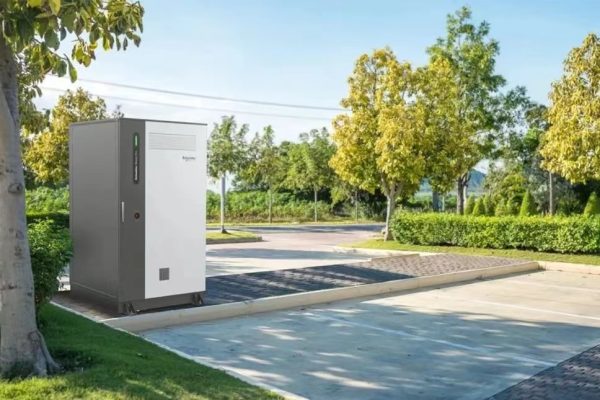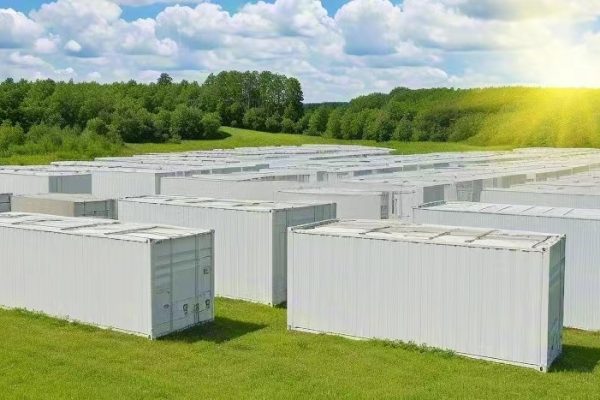A Practical Guide for Energy Storage, Renewable Energy, and Battery Energy Storage Systems (BESS) Companies
In the global energy storage and renewable energy market, suppliers serve clients from more than 100 countries — from Europe to Latin America, the Middle East, Africa, and Southeast Asia.
A question often arises for marketing and export teams:
Do we need to translate our brochures into multiple languages, or is English enough?
The answer depends on your target markets, sales channels, and buyer types. This article will help you decide when and how to create multi-language brochures that build credibility and help close deals faster.
1. English Is the Global Standard — But Not Always Enough
English remains the default business language for the energy storage and renewable energy industry. Most technical buyers, EPCs, and distributors are comfortable reading English specifications.
However, language still plays a big role in buyer trust and decision-making:
- Many Latin American buyers (Chile, Mexico, Colombia) prefer Spanish-language brochures.
- French-speaking Africa and Europe often respond better to French materials.
- Middle Eastern buyers appreciate bilingual (English + Arabic) documents for government or utility tenders.
- Japanese and Korean EPCs often request materials in their native language for internal circulation.
In short, English works — but localized versions convert better.
2. The Key Question: Who Reads Your Brochure?
Before translating, identify your audience segments:
| Audience Type | Example Regions | Preferred Language | Recommendation |
|---|---|---|---|
| EPC Contractors | Europe, Asia | English | English only (with clear specs) |
| Distributors | South America, North Africa | Local language | Translate overview pages |
| Government & Utility Buyers | Middle East, Latin America | Bilingual | English + local translation |
| End Users | Southeast Asia, Latin America | Local | Simple translation for highlights |
This helps you avoid wasting resources on unnecessary full translations.
3. Benefits of Multi-Language Brochures
✅ 1. Builds Trust and Accessibility
A bilingual brochure shows respect for your buyer’s culture and communication habits.
It gives the impression that your company is globally active and buyer-focused.
✅ 2. Improves Comprehension in Complex Technical Products
Even engineers sometimes misunderstand English terms like C-rate, SOC window, or DC bus voltage. Translating these terms improves clarity and reduces miscommunication.
✅ 3. Helps Local Distributors Sell Better
When your regional agents or distributors have brochures in local languages, they can use them in trade shows, meetings, and government tenders more effectively.
✅ 4. Enhances SEO and Digital Reach
If your PDF brochures are indexed on your website, multi-language versions boost search visibility in Google, Baidu, and regional platforms. For example:
- “sistema de almacenamiento de energía” (Spanish search for “energy storage system”)
- “batería solar” (solar battery)
- “système de stockage d’énergie” (French term used in Africa and Europe)
4. Challenges of Multi-Language Versions
❌ 1. Translation Cost and Time
Professional technical translation can be expensive, especially for niche terms like “hybrid inverter” or “EMS protocol”. Poor translation can even damage brand credibility.
❌ 2. Version Control
Once you update specifications (e.g., cycle life, certifications), every language version must be updated too. Without good management, older PDFs can cause confusion.
❌ 3. Design Adjustments
Some languages take more space (especially Spanish, French, or Arabic), so you may need to adjust layouts or text boxes to keep the catalog clean.
5. Smart Approaches: How to Manage Multi-Language Brochures
✅ Approach 1: Bilingual Format (Best for Export Brochures)
Place English and local language side by side, or use mirrored pages.
Example:
- Left column: English
- Right column: Spanish
This keeps content consistent and professional, while saving design time.
✅ Approach 2: Localized Summary Version
Instead of translating the full 20-page catalog, create a 4-page “Highlights” brochure in local language.
Include:
- Product overview
- Key technical specs
- Contact details
- QR code linking to the full English catalog
This approach is cost-effective and fast to update.
✅ Approach 3: Hybrid Translation
Translate only key pages (cover, introduction, features) and keep datasheets in English.
Buyers get both accessibility and accuracy.
6. Design Tips for Multi-Language Brochures
- Use flexible layout grids — anticipate text expansion (especially for Spanish or French).
- Keep font families consistent — choose fonts that support multiple scripts (Latin, Arabic, Chinese).
- Align icons and tables properly — they guide visual understanding even when text changes.
- Use neutral imagery — avoid culture-specific photos or color meanings that may not fit all markets.
- Always proofread with a native speaker — avoid literal translations that sound awkward or incorrect.
7. Examples of Effective Multi-Language Strategies
| Company Type | Region | Language Strategy | Result |
|---|---|---|---|
| BESS manufacturer | Europe, LatAm | English + Spanish | Increased distributor engagement at Intersolar South America |
| PV inverter supplier | MENA | English + Arabic | Accepted in government tenders |
| Battery cell producer | Japan, Korea | English only | Focused on technical buyers |
| EPC integrator | Africa | English + French | Improved communication in francophone projects |
8. Best Practices for Maintenance and Updates
- Keep all versions in a single “Document Control Sheet” (version number, date, language).
- Update English first, then roll out localized edits.
- Add QR codes linking to the latest online version, so old printed copies don’t cause confusion.
- Consider using translation memory software (like SDL Trados or Memsource) for consistency across updates.
9. When English Alone Is Sufficient
In the following situations, a single English version is enough:
- Your buyers are mainly engineering professionals.
- Projects are international consortiums where English is standard.
- You distribute primarily via LinkedIn, email, or global B2B platforms (where English dominates).
In such cases, focus on clarity, typography, and design quality rather than translation.
In the energy storage and renewable energy sector, language is not just about translation—it’s about trust, professionalism, and accessibility.
You don’t need every language, but you do need the right language for your buyers.
A smart, bilingual brochure shows:
- You understand the buyer’s market.
- You communicate clearly.
- You are a global supplier, not just a local manufacturer.
Whether you choose English-only or multi-language formats, the goal is the same: make it easy for buyers to understand your value and take the next step toward cooperation.









